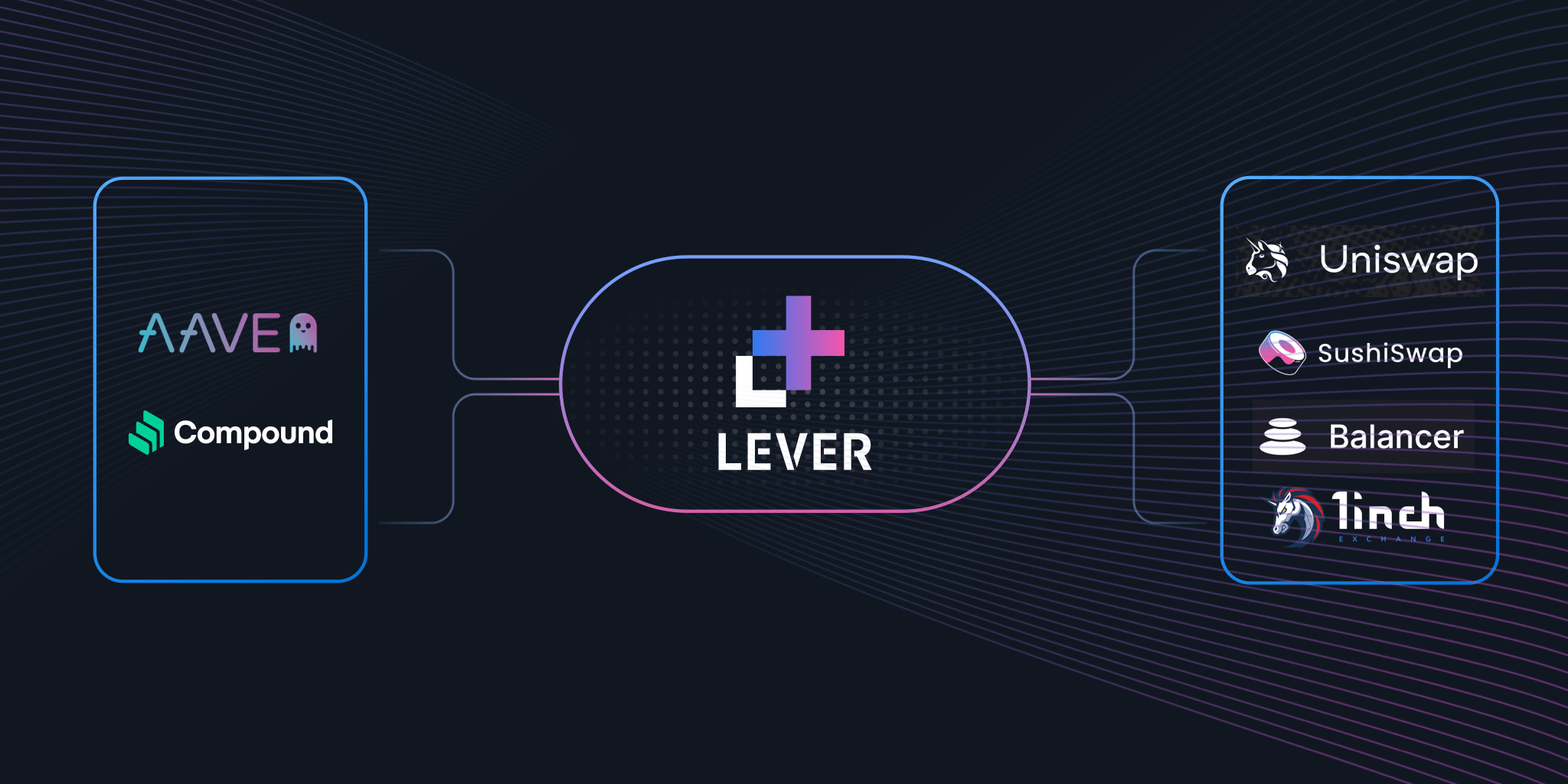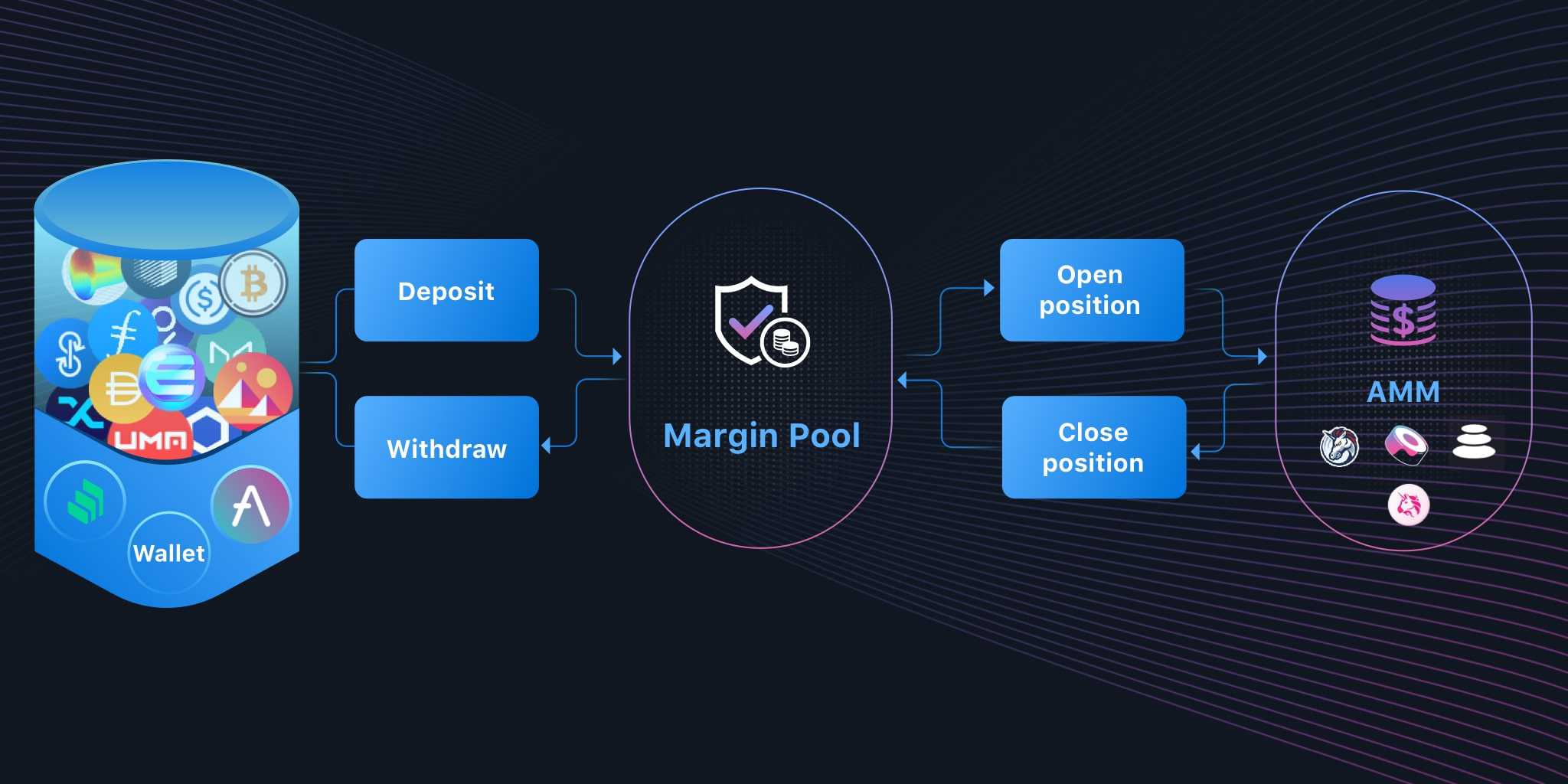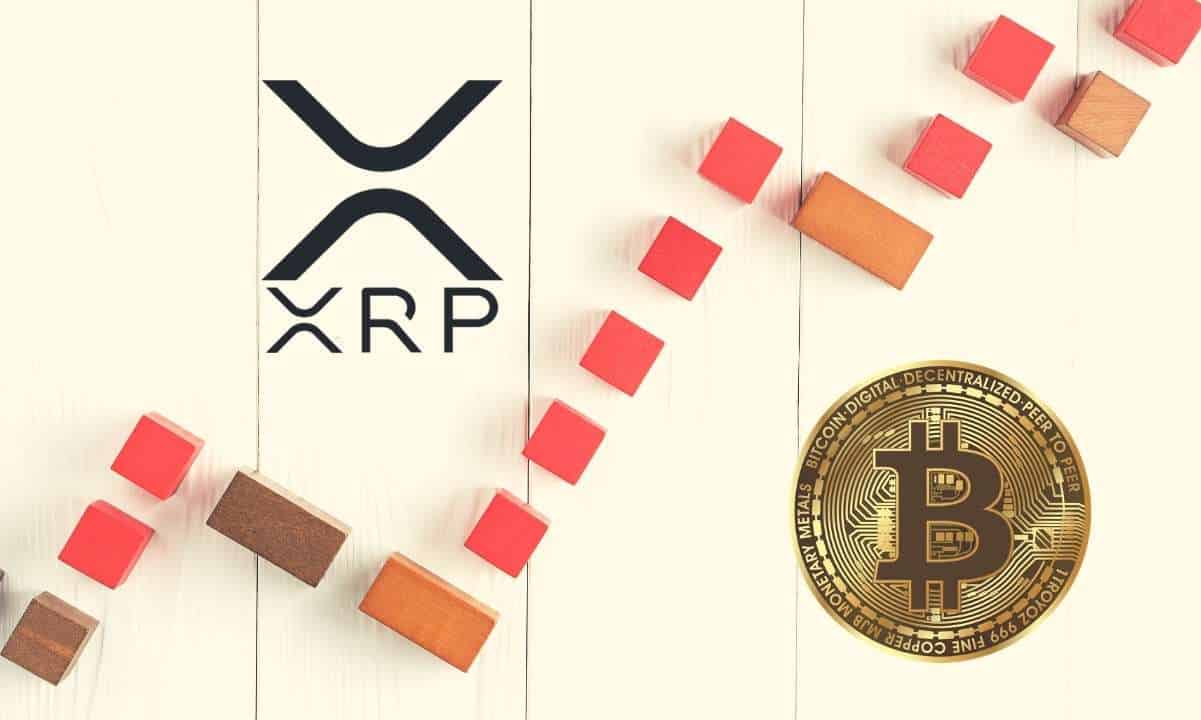Lever: AMM-Based Decentralized Leveraged Trading Platform
[Featured Content]
Since exploding in 2020, Decentralized Finance (DeFi) has been garnering attention and popularity, often seen in mainstream media’s headlines.
With the exponential growth, DeFi has recorded a total value locked (TVL) of $58.5 billion, with lending and DEX products taking up almost 90%.
Lending and trading are two of the pillar businesses in the current DeFi space with the most TVL. However, they are practically isolated from each other, leading to extremely low capital efficiency. Rarely do lending protocols support spot or even margin trading, and most DEXes don’t provide loans. Also, even though users get transferable and tradable deposit certificates after putting their money in lending protocols, there are few platforms to actually facilitate their financial use.
Therefore, Lever comes to bridge the gap between lending protocols and DEXes, increasing capital efficiency in DeFi.

Current Market Problems
As mentioned above, the problems in DeFi mainly reside in the following aspects:
At present, it is almost impossible for users to perform margin trading in a DEX, regardless of long or short positions on an asset. The only way to do so is to take out loans from a lending platform then manually transfer the fund to the DEX to operate, making efficient position management unavailable.
The lack of direct trading scenario in lending products. The borrowing and trading of assets often happen in two separate places, one on lending platforms while the other one on DEXes. Users have to go through a strenuous process of taking out loans from lending platforms to trade on their preferred exchanges.
Inefficient utilization of deposited funds. Users get tokenized deposit certificates after making deposits in lending protocols. These tokens represent their underlying assets’ value but can rarely be reutilized for investment or trading.
Rarely do DeFi products provide efficient and user-friendly margin trading services. Margin trading can effectively amplify traders’ gains. It’s popular in the traditional finance market and also has a huge demand in the DeFi space. Though there are a few protocols that offer this service, their liquidity is not enough. It’s worth noting, though, that margin trading also carries a substantial risk and puts the user’s capital in greater jeopardy. Thus, beginners should steer clear of it unless they’re aware of all the risks and only use the money they can afford to lose.
Here Comes LEVER
Lever is essentially an open-source margin trading platform where you can lend, borrow and perform leveraged trading to buy (long) or sell (short) an asset in just one place.
Lenders/borrowers can lend idle crypto assets (including deposit certificates from other lending protocols) to earn interest or use them as collateral to take out loans.
And for traders, after making a margin deposit in the margin pool, they will be able to open either long or short positions in a supported asset in Lever with up to 3X leverage. The platform uses external AMMs like Uniswap to provide a surplus of liquidity for margin traders to open positions of any size.

Some of the Platform’s Features
The Lever platform comes with a range of different features but for simplicity, let’s look at the core ones.
Quick & Convenient Trading. Lever manages to bridge the gap in lending platforms and DEXes. Borrowing and trading are now seamlessly integrated within Lever. Traders can easily borrow and trade assets in just one place. Lever also offers a visualized operation interface for position management.
Margin Trading and Enormous Liquidity. Thanks to Lever’s margin pool, traders can open leveraged positions to either long or short an asset. In addition to WBTC and ETH, many DEFI and ERC20 assets like SNX, UNI and AAVE now can be traded with margin on Lever. Furthermore, by relying on AMMs like Uniswap, Lever can provide enough liquidity and reduce slippage for any size positions.
High Capital Efficiency. Besides native tokens, lenders can deposit AAVE’s aTokens and Compound’s cTokens to earn extra interest in Lever. This makes double interest possible, as lenders can first deposit their assets in AAVE/Compound, then use the aTokens/cTokens they receive to redeposit in Lever. Moreover, these tokens can also be used as collateral to take out loans.
As an AMM-based decentralized lending and margin trading platform, Lever serves as a pioneer to other decentralized exchanges. Also, with the innovative features and benefits of using Lever it is sure to lead DeFi to the next level and enrich the ecosystem.
Lever has already done testnet live and will be ready for its mainnet launch and IDO soon.









